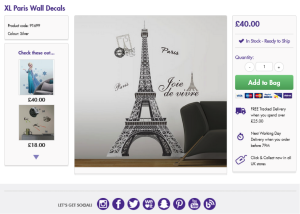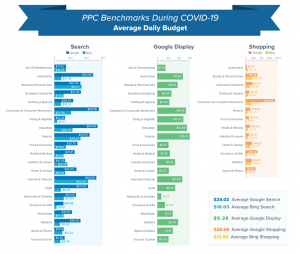
Facebook has friends, Twitter has followers and LinkedIn has connections. On LinkedIn, the definition of connection is very literal: you know this person in some way, whether they’re a colleague, a former classmate, a friend of a friend, or you’ve done some business together.
Being in a prospect’s network, however, is quite different from actually forming a connection with them. What do I mean by forming a connection? I mean establishing an emotional tie with a customer that helps foster a relationship and hopefully close a sale. Even if we say that we make business decisions for completely pragmatic reasons, emotions cannot be separated from the customer experience; in fact, emotions account for over 50% of it.
Forging emotional connections is especially crucial for those B2B salespeople with prospects looking at different options. When it comes down to the wire, the salesperson who bonded with the prospect is going to win out over others selling a similar product or service at a similar price point. None of these are guarantees to emotional connections, but by tearing down some of the barriers that hold us back, you can get that much closer to your prospects.
1. Meet Them Face-to-Face
An SAS survey found that as social media and mobile outgrow email and company websites for engagement, 59% of companies say that face-to-face interactions are still the best channel to engage their customers. How often have you talked with someone on the phone or via email and formed an impression, and then when you finally meet them, it feels like a completely different person?
Without body language and facial expressions, and simply the act of being near a person, there’s something missing from online and phone interactions. To start with, there’s a sense of distance because, well, there is. When it’s text or a voice, it’s easy to apply our own expectations and motivations to what someone is telling us. It might even feel like there isn’t a real person on the other end of that call or email. That goes for the customer’s impression of the sales rep, but also vice versa. It’s easier to tell if you’re losing someone’s attention or if they’re interested in something you just talked about when you can gauge their expression or how they’ve got their arms folded.
Most importantly, when you interact with someone face-to-face, you have as much of their attention as you’re going to get. They might respond to a text or email while you’re talking to them, but they’ve set aside time for you, and that kind of focus is rare with as many distractions as we have.
2. Ask Questions and Have the Answers
The most common piece of dating advice is to ask questions, and it’s just as applicable when you’re walking into a sales meeting. No matter how complete your buyer personas are and how much research you’ve done about your prospects, you’re not going to know about your prospect’s every need. And that shouldn’t be seen as a negative because your prospect doesn’t know about their every need.
When you ask pointed questions, you do two things. The first is that you’re showing that you’re interested in the needs that prospect has, and not filling your quota. Secondly, you can help your prospect have that lightbulb moment when they realize it’s a question they themselves hadn’t considered. In that process, you will become a part of their story.
You’ll notice that I had “have the answers” in the heading above for the sales rep, and not the prospect, even though they’re the ones who are getting asked the question. When you’re on a date and you ask a question, you should be ready for your date to ask you the same question, and you should also be prepared to say something insightful about their answer. Same thing in a sales meeting, but you need to come up with something more substantive than a witty comment.
Whether it’s a case study focusing on a department you learn about in the meeting or a video showcasing a feature the prospect shows interest in, before asking questions, sales reps need to be empowered with the right content to address every need that comes up.
3. Not “Just the Facts”
We love to pepper our presentations and videos with stats and figures, and they’re great for grabbing attention. When it comes to being memorable, facts fall a little short. To truly connect with a prospect, you need to give those facts context. Go back to what your English teacher taught you years back: “Show, don’t tell.” A prospect won’t necessarily remember how much you saved a particular client, but if you tell them how you and the client achieved those savings together, it’ll add context to that number and it’ll provide an emotional underpinning to those savings that a dollar figure doesn’t have compared to the positive relationship that you and this previous client developed.
You can apply the concept of “story-selling” beyond anecdotes to improving the entire way you sell. Melissa Andrews recently discussed how you can use modular content to bring a “Choose Your Own Adventure” approach to your selling experience. Modular content eschews the linear PowerPoint model for sales presentations, instead delivering only the most relevant content organized in modules that sales reps navigate in the way that makes sense for them and their business. To close the loop, the story-selling approach will add polish to the Question and Answer step in connecting with a prospect. Discover the needs of the prospect and show (don’t tell) how you can meet them, and you’re set up for success.
To learn more about how you can add story-selling into your presentations, click below to learn about SalesKit’s Interactive Content.
(141)







